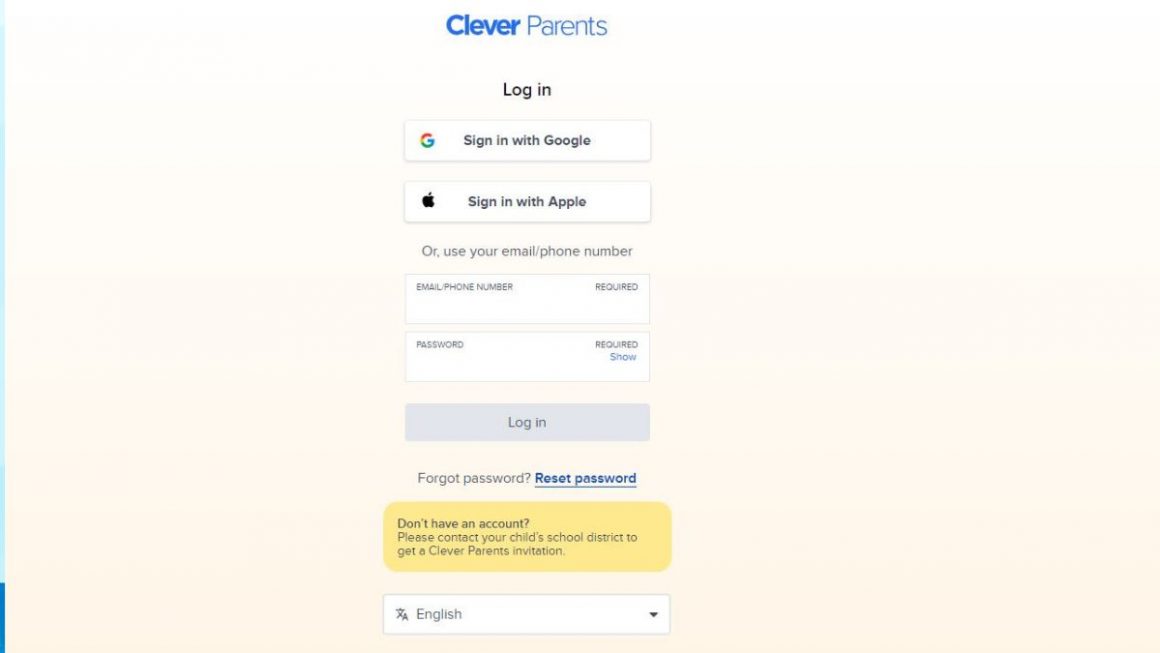Healthcare is the fastest-growing sector of the US economy; it provides thousands of different job descriptions, and there are over 18 million employees.
One of the lesser-known healthcare jobs is the MRI technician (MRI tech). These techs are responsible for completing MRI scans for patients in a hospital environment.
However, this is a skilled role and if you want a high-paying MRI tech job, you’ll need to complete several levels of training. If you’re considering an MRI tech job, make sure you know which steps to follow to be successful.
Read on to find out more.
Finish High School
The first essential step for all MRI techs is to finish high school or get your GED. If you’ve already done this, that’s a great start. If not, you should focus on science and math classes to help improve your chances of being accepted on an MRI tech course.
Complete an Accredited Course
You can choose to complete an associate or bachelor’s degree to begin your MRI tech school journey.
However, it’s essential that you choose a course that’s accredited and will allow you to apply for certification. The regulatory bodies that accredited programs are the Commission on Accreditation of Allied Health Education (CAAHEP), the Joint Review Committee on Education in Radiologic Technology (JRCERT), and the American Registry of Magnetic Resonance Imaging Technologists (AMRIT).
Get Work Experience
The next stage of the ‘how to become an MRI tech’ journey is getting clinical work experience. Technically, this is optional but it’s always beneficial for ARMRIT certification and employment opportunities.
You should get clinical work experience for around 2000 hours in a certified apprenticeship.
Get Certification
Certification is another step that’s technically optional. However, if you miss this stage, you’ll find that very few employers will be willing to offer you a job. You can certify with ARRT or ARMRIT.
This certification will require you to pass in-depth exams, so make sure you start revising early.
Become Licensed
Being licensed with ARRT or ARMRIT is only required in certain states. If you want to practice in New Hampshire, New Mexico, North Dakota, Oregon, Tennessee, or West Virginia, you need to get licensed.
You should contact your local boards to learn about the exact requirements for a license.
Then, you’ll be ready to start a lucrative and rewarding career in radiology. You can learn more here about the undeniable benefits of completing these steps and becoming an MRI tech.
Start Your MRI Tech Schooling Today
That’s everything you need to know about completing MRI tech training. It’s not always fast, but it’s rewarding, and you’ll learn more about imaging than you ever thought there was to know!
So, what are you waiting for? Time to look for an “MRI tech school near me” and start your applications.
Did you find this article helpful? If so, make sure to check out other posts for all things healthcare, careers, money, and more.
Tech Talk: How Much Schooling Does a MRI Tech Need?
Healthcare is the fastest-growing sector of the US economy; it provides thousands of different job descriptions, and there are over 18 million employees.
One of the lesser-known healthcare jobs is the MRI technician (MRI tech). These techs are responsible for completing MRI scans for patients in a hospital environment.
However, this is a skilled role and if you want a high-paying MRI tech job, you’ll need to complete several levels of training. If you’re considering an MRI tech job, make sure you know which steps to follow to be successful.
Read on to find out more.
Finish High School
The first essential step for all MRI techs is to finish high school or get your GED. If you’ve already done this, that’s a great start. If not, you should focus on science and math classes to help improve your chances of being accepted on an MRI tech course.
Complete an Accredited Course
You can choose to complete an associate or bachelor’s degree to begin your MRI tech school journey.
However, it’s essential that you choose a course that’s accredited and will allow you to apply for certification. The regulatory bodies that accredited programs are the Commission on Accreditation of Allied Health Education (CAAHEP), the Joint Review Committee on Education in Radiologic Technology (JRCERT), and the American Registry of Magnetic Resonance Imaging Technologists (AMRIT).
Get Work Experience
The next stage of the ‘how to become an MRI tech’ journey is getting clinical work experience. Technically, this is optional but it’s always beneficial for ARMRIT certification and employment opportunities.
You should get clinical work experience for around 2000 hours in a certified apprenticeship.
Get Certification
Certification is another step that’s technically optional. However, if you miss this stage, you’ll find that very few employers will be willing to offer you a job. You can certify with ARRT or ARMRIT.
This certification will require you to pass in-depth exams, so make sure you start revising early.
Become Licensed
Being licensed with ARRT or ARMRIT is only required in certain states. If you want to practice in New Hampshire, New Mexico, North Dakota, Oregon, Tennessee, or West Virginia, you need to get licensed.
You should contact your local boards to learn about the exact requirements for a license.
Then, you’ll be ready to start a lucrative and rewarding career in radiology. You can learn more here about the undeniable benefits of completing these steps and becoming an MRI tech.
Start Your MRI Tech Schooling Today
That’s everything you need to know about completing MRI tech training. It’s not always fast, but it’s rewarding, and you’ll learn more about imaging than you ever thought there was to know!
So, what are you waiting for? Time to look for an “MRI tech school near me” and start your applications.
Did you find this article helpful? If so, make sure to check out other posts for all things healthcare, careers, money, and more.












